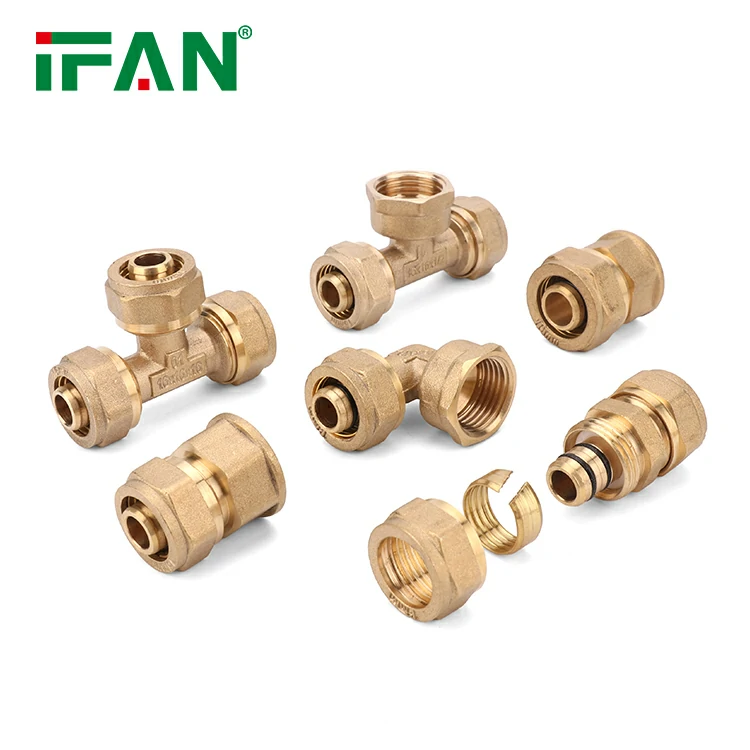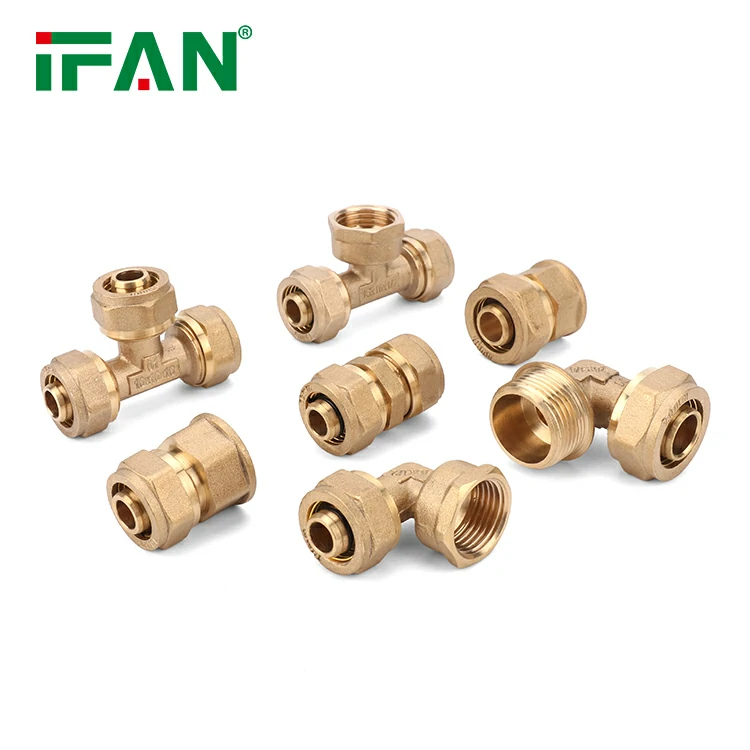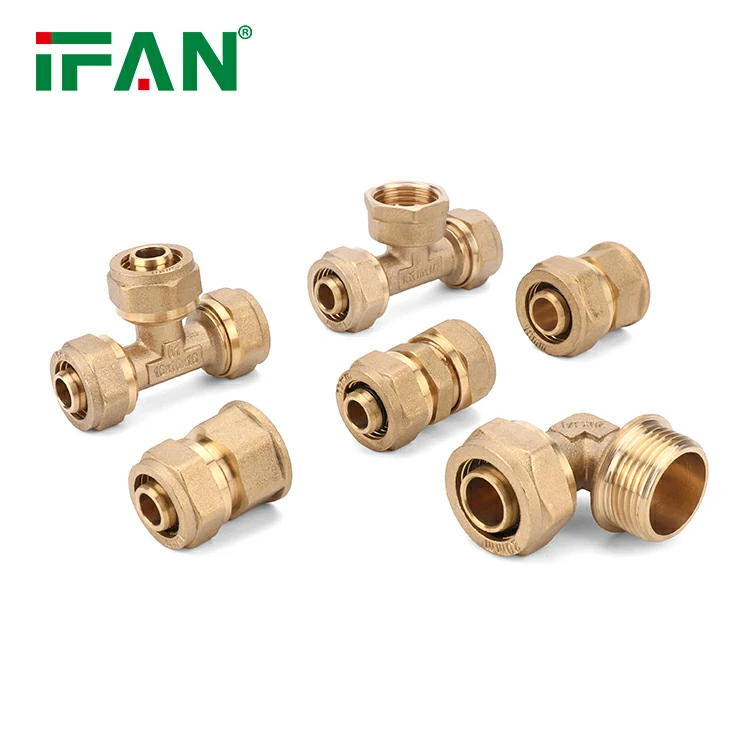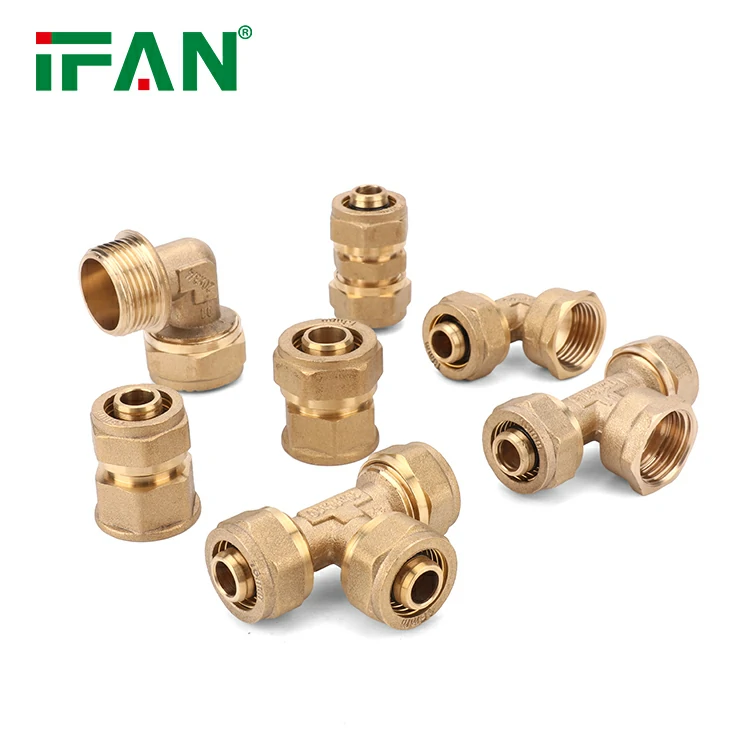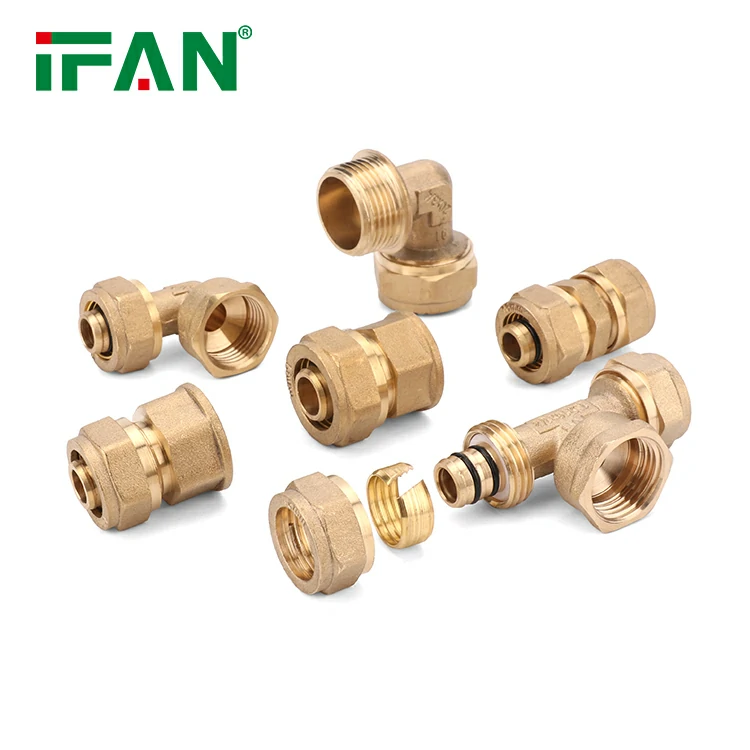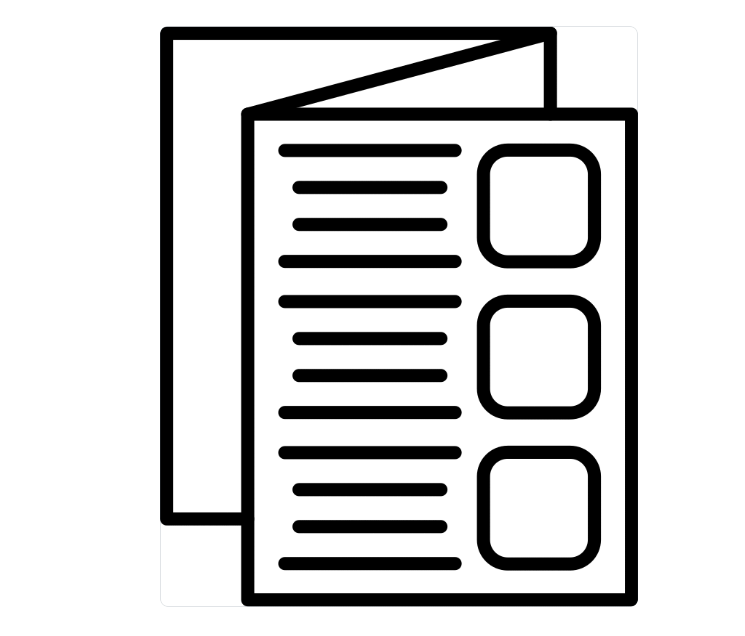IFAN Brass Gas Compression Fittings
Name: IFAN Brass Gas Compression Fittings
Brand: IFAN
Category : Click Download
Whatsapp : +86 19884503412</p>
Category : Click Download
Whatsapp : +86 19884503412
Wechat : 19884503412
Description
Understanding Gas Compression Fittings
Gas compression fittings create secure connections in gas piping systems by compressing a ferrule between a nut and fitting body. These components are commonly used for joining pipes without welding or soldering. Proper installation is critical to prevent gas leaks and ensure safety.
How Gas Compression Fittings Work
Unlike threaded fittings, gas compression fittings rely on mechanical compression to form a seal. When tightened, the ferrule deforms against the pipe, creating a gas-tight connection. This design eliminates the need for heat-based joining methods in certain applications.
The Role of Sealants in Gas Connections
Most gas compression fittings are designed to seal without additional compounds. Applying sealant can interfere with the ferrule’s compression and may even damage the fitting. However, some manufacturers specify approved thread sealants for specific applications.
When Sealant Might Be Required
In rare cases, gas compression fitting with tapered threads may need sealant. If used, only gas-rated thread compounds (such as PTFE tape for gas) should be applied to male threads only. Never apply sealant to the ferrule or compression surfaces.
Risks of Improper Sealant Use
Using the wrong sealant can cause fitting failure. Oil-based compounds may degrade rubber components, while excess PTFE can enter gas lines. Sealant on compression surfaces may prevent proper ferrule deformation, creating leak paths.
Manufacturer Instructions Are Key
Always follow the fitting manufacturer’s guidelines. Some gas compression fittings explicitly prohibit sealants, while others may require specific compounds. Never assume all fittings have the same requirements – check documentation first.
Best Practices for Leak-Free Connections
For reliable performance:
- Clean pipes thoroughly before assembly
- Hand-tighten before final wrench adjustment
- Use proper torque values (over-tightening can damage fittings)
- Always pressure-test the system after installation
Professional Installation Recommended
Gas systems demand expert attention. While some DIYers install gas compression fitting successfully, licensed professionals ensure compliance with codes and safety standards. When in doubt, consult a qualified gas technician rather than risking improper installation.
Conclusion
Most gas compression fittings seal effectively without additional compounds. While specific cases may require approved sealants, improper use creates safety hazards. Always prioritize manufacturer instructions and professional expertise when working with gas systems. Proper installation techniques matter more than sealants for achieving leak-free connections.
相关产品
- PEX Fitting
Brass Compression Fitting
- PEX Fitting
Zurn PEX Pipe Connector
- PEX Fitting
Brass PEX Compression Fittings
- PEX Fitting
pex pipe fittings
HAVE ANY QUERIES? SEND TO CONTACTOANTSMACHINE.COM
ONTACT US

